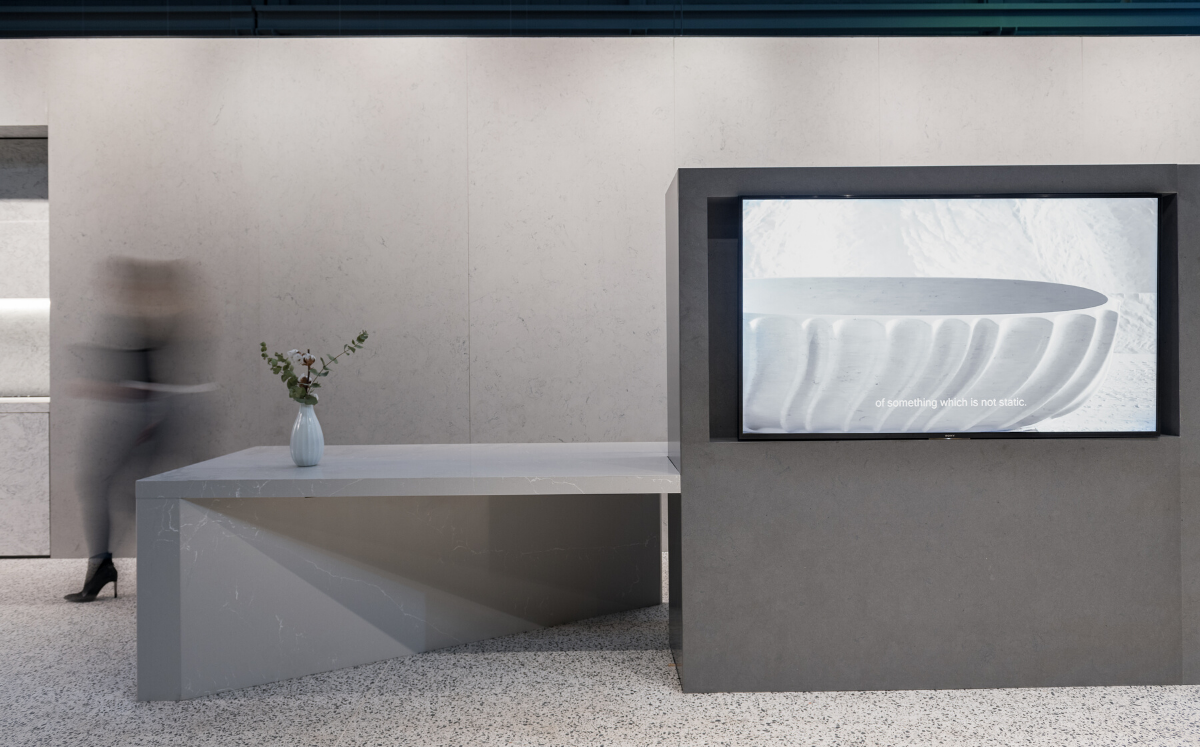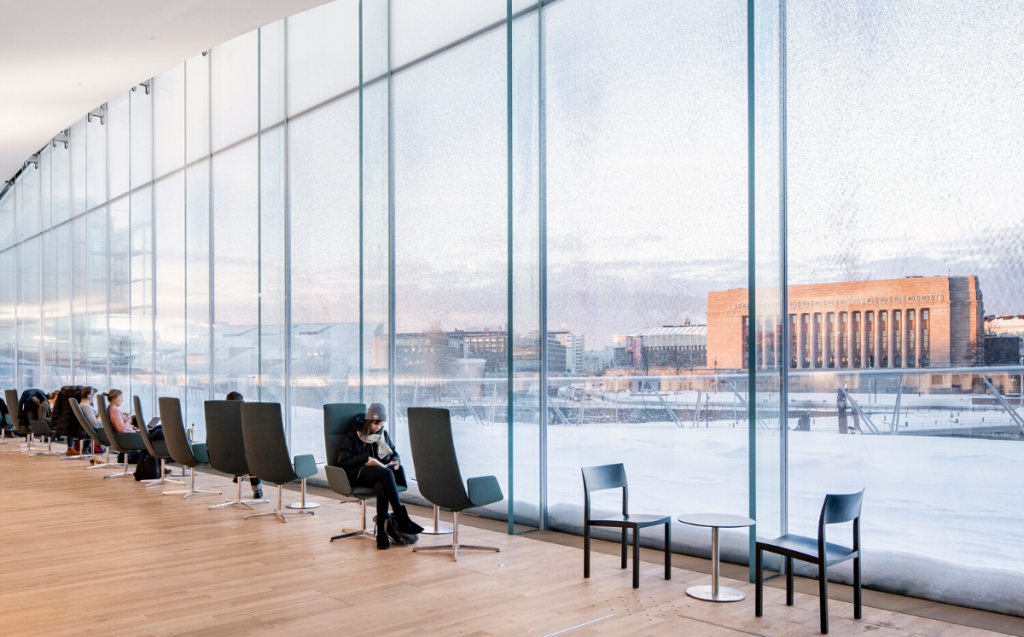
Image: Kuvio
The third city to host the World Design Capital, an honor that it held in 2012, was already marked long before by the importance of the arts in the daily representation of its day to day. All in all, the motto under which the international event was hosted aimed at ‘Integration of design in life’, so that intangibles such as the health or educational systems have also since then incorporated the Finnish design preoccupation in all vital orders.
Alvar Aalto –considered the father of Finnish modernism-, Eero Aarnio, Tapio Wirkkala, Harri Koskinen, Eliel Saarinen, Hannu Kähönen, Paula Suhonen or Harri Koskinen are some of the names that reveal the historical evolution of the importance for Helsinki and Finland to create their own brand supported by the arts, graphic design, industrial design, architecture, interior design, textiles, video games, glass or fashion. All these people are references for future talents studying at Aalto University, the result of the merger between the University of Economics and Business, the Polytechnic University of Helsinki and the University of Art and Design.
Helsinki wanted to share the capital in 2012 with other Finnish cities in its immediate surroundings, such as Espoo, Vantaa, Kauniainen and Lahti. In total, with the 631,000 inhabitants of the capital, 560,000 more neighbors were added as potential beneficiaries of the celebration, who were given a total of 300 attractions. To summarize, the program brought together all the referred arts in a participatory, open concept that covered both past milestones of the arts as well as future challenges.
Eliel Saarinen’s Art Nouveau
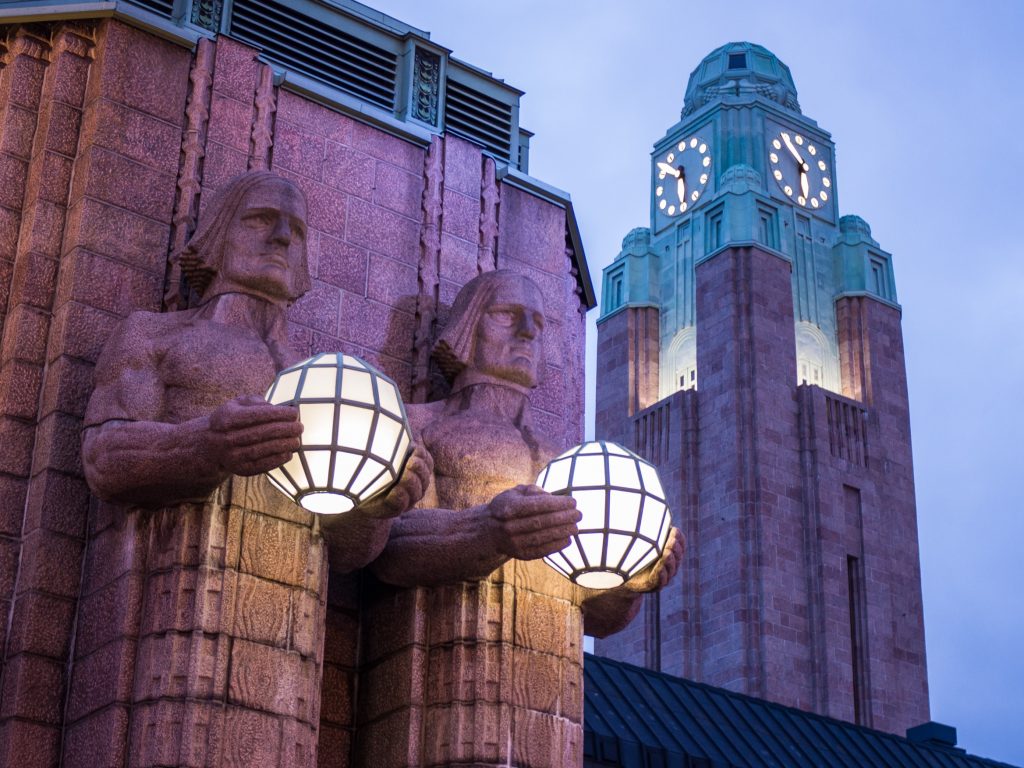
From references as unique as the proposals of Art noveau by Saarinen, the driving force behind current urban planning in Helsinki includes referential buildings such as the Central Station, declared by the BBC in 2013 as one of the 10 most beautiful railway architecture ensembles in the world. 200,000 people pass through it daily and connects the city with national and international destinations, such as Saint Petersburg. It also houses one of the busiest metro stops in the city. The referred architect also promoted other great projects from the early 20th century, true symbols of Helsinki, such as the National Museum of Finland, another jewel of referential architecture for the history of the country and the city.
Design District
How could Helsinki not appear among the cities that have the honor of being world capitals of the discipline, being the only one of this status to have a Design District? It covers several central neighborhoods, among which you can find Punavuori, Kaartinkaupunki, Kruunuhaka, Kamppi and Ullanlinna. In it, sitting on a surface of one square kilometer, is a concentration of traditional and modern shops, workshops, art galleries, landmark restaurants or boutiques that project the Finnish style on all four sides. Furthermore, this style is marked by the desire to provide all types of products with a matching art, a brand. It’s further marked by a way of understanding the functional and the aesthetic with good taste as well as the closeness of those who interpret the sophistication and value of well-made things.
Brands that internationalize Finnish design
In the Helsinki of 2012, in which it reached that year and in which it remained a “design is a high-quality cultural export” reference. This was the way they thought then, in accordance with the expectations set forth by the official This is Finland portal, where they also left Finland’s status as a “passionate design country” very marked, and not only from the projection transferred by the capital. It’s an ambition that also conditions the international projection of its artists, creators and designs: “The purity and authenticity of materials and products are values appreciated in the country and abroad, where they strengthen the future expectations of our design and of our industry. ”
Companies that, when uttered, no longer leave the reader or listener indifferent: Marimekko, a leading Finnish textile company inside and outside the country; Artek, the country’s interior design house par excellence founded in 1935 by Alvar and Aino Aalto; Iittala, the glass standard that has embodied the designs of essential objects for the home since 1881; or Café Birgitta, a seaside postcard venue designed by Talli Architecture and made of glass and burned wood.
In addition to these houses, in the Design District itself there are other complexes that portray even better, if possible, the declaration of intentions of a city that lives by and for design: the Design Museum, the Design Forum Finland and the Museum of Architecture.
Between the Temppeliaukio Rock Church and the Oodi Central Library
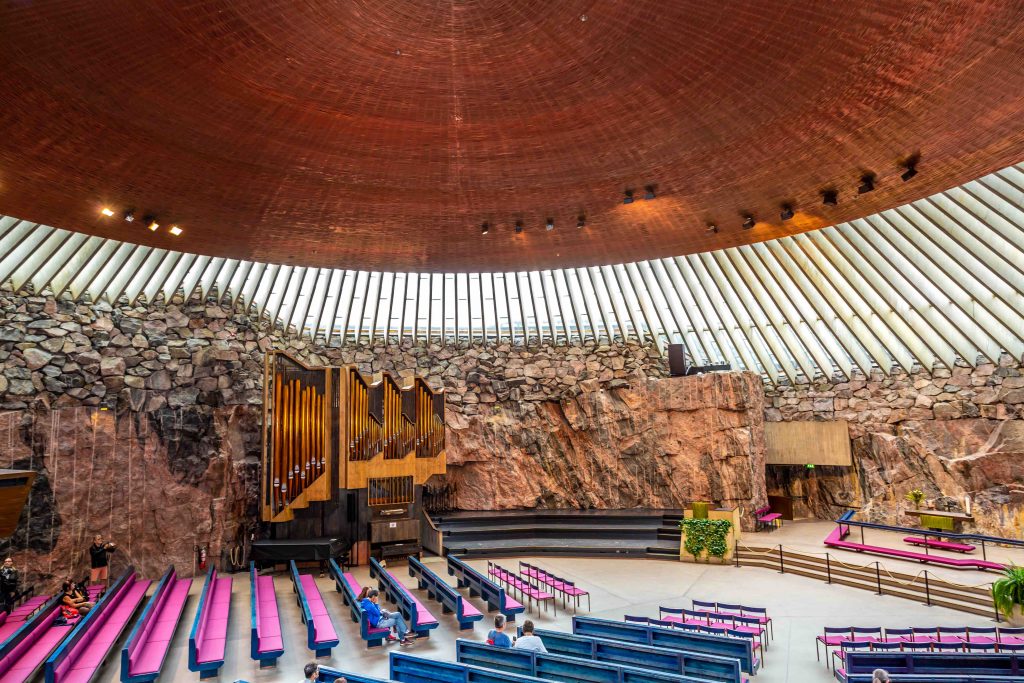
There are many places to highlight in a city that, as we have seen, lives by and for design. In fact, there are over a hundred. But in this walk undertaken by The Decorative Surfaces, we are going to stick with two complexes that mark a turning point in the capital. One of them, built in 1969 by the design of the architects Tuomo and Timo Suomalainen, is the Church of the Rock Temppeliaukio. An underground Lutheran temple built on a rock that has become one of the most visited locations in the city, with more than 800,000 visitors a year. Located in the residential area of Töölö, it acts as a Lutheran cultural center, as a concert hall given its acoustic quality, and as a café in the summer months.
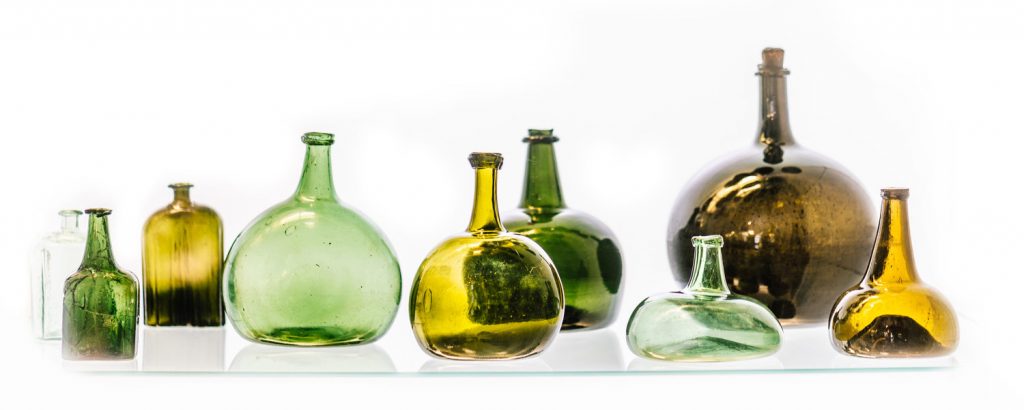
Image: Suomenlasimuseo.fi
After its capital status, Helsinki raises another current symbol of the city. Opened in 2018, the Oodi Central Library, designed by ALA Architects, symbolizes literacy and equality. It has a raised structure covered in spruce, as an expression of the rise of new wooden architecture in Finland. Other landmarks for Finns and visitors to Helsinki attest to this, such as the Sauna Löyly – work by Avanto Architects, nominated for the 2016 National Architecture Prize and which also included a separate staggered wooden staircase along the coastline.
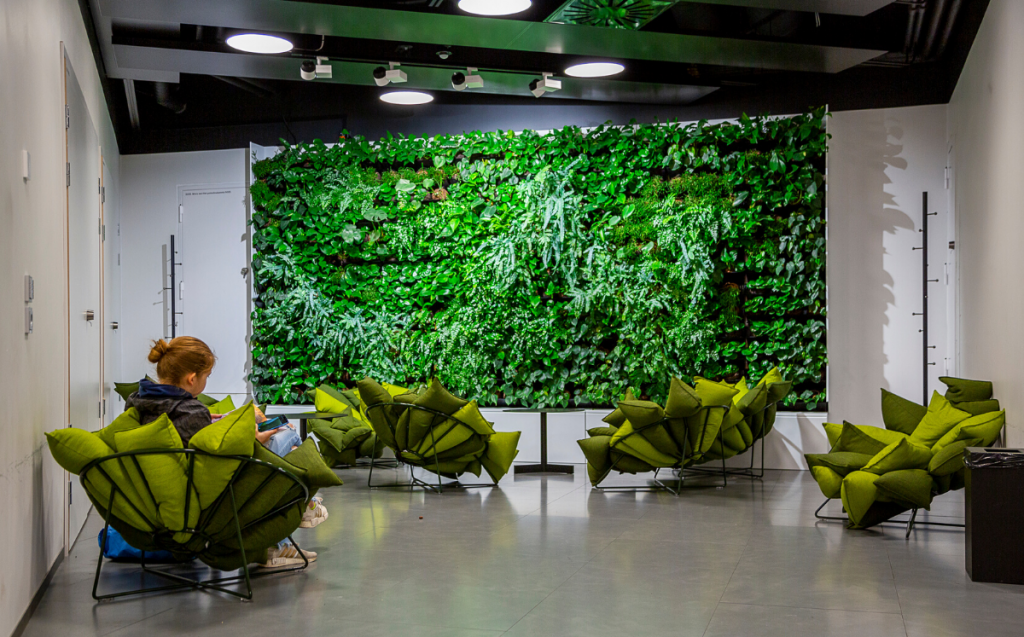
Image: Maarit Hohteri
The upper level of the Oodi Library is covered with glass, with luminescent skylights scattered along the already mythical spiral staircase as photographed and shared on social networks such as Instagram or Pinterest. In addition to a library, it functions as an auditorium, exhibition center and terrace overlooking the Parliament, the Helsinki Music Center or the Kiasma Art Museum.
We also see permanent echoes of 2012, such as the Design Week that Helsinki celebrates in the autumn and the Masters of Arts, which is convened in the spring so that talent from the University of Art and Design flows into public presentations by way of the final projects of recently graduated students.

